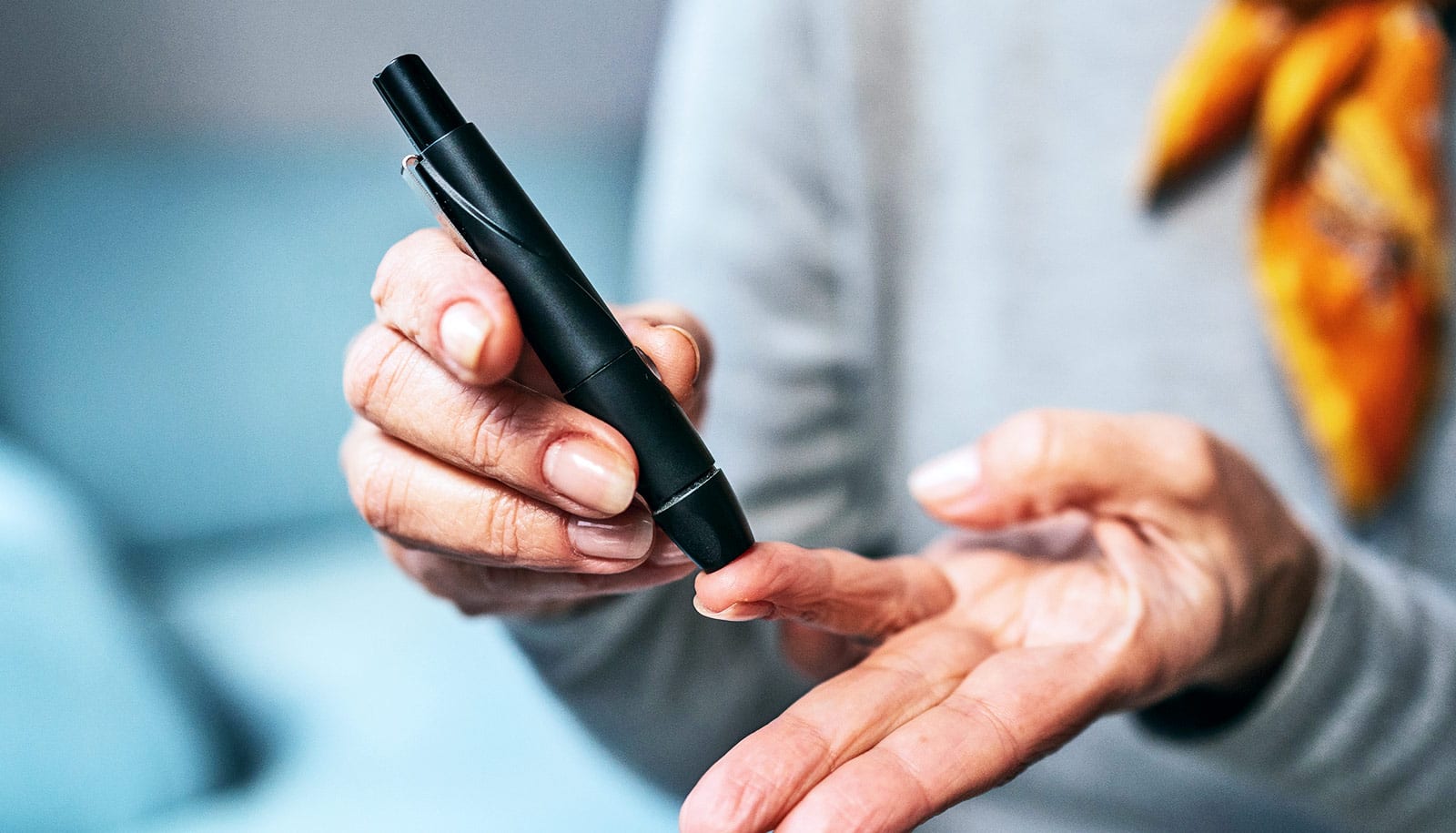Over the past decade, pregnant women’s chemical exposure increased considerably, research finds.
The study also shows that Hispanic women and other women of color and those of lower socioeconomic status and education had higher concentrations of multiple pesticides and parabens “consistent with prior evidence that chemical exposures are frequently higher among women of color,” says study coauthor John Meeker, a professor at the University of Michigan School of Public Health.
The researchers used urine samples of women who are part of the National Institutes of Health’s Environmental influences on Child Health Outcomes (ECHO) Program to look at their exposure to more than 100 chemicals listed in the National Health and Nutrition Examination Survey (NHANES), including pesticides, chemicals from plastics, and newer chemicals that have been introduced to replace chemicals considered dangerous.
Researchers at the University of California, San Francisco led the study, which appears in Environmental Science & Technology. The NIH supported the work.
Meeker, professor of environmental health sciences and global public health, discusses the study here:
What’s the importance of this paper?
There are tens of thousands of chemicals that are used in items we come in contact with in every aspect of our life, and we don’t really know how many of those chemicals make it into the consumers and if there are adverse health outcomes associated with those exposures. The ones we do find out are toxic may eventually get replaced with something else, but that something else is usually a chemical we don’t know as much about, either. It hasn’t been tested. For a lot of chemicals, the policy is an “innocent until proven guilty” approach to regulation.
Overall, our research seeks to evaluate people’s exposures to chemicals, their potential health effects, and, ultimately, we would love to impact policy where we can not only reduce the use of chemicals eventually shown to be harmful, but also try and do some of this testing before chemicals are manufactured and distributed at such high volumes to limit widespread exposure and downstream adverse health effects before they occur.
We’re using this study as a preliminary test to make sure the laboratory methods we’re using work at a large scale to measure these chemicals, so we can evaluate even more chemicals over a long period of time.
While, to our knowledge, this is the first study to measure such a large number of chemicals at once, we’re merely scratching the surface at this point. And we want to expand a similar analysis to eventually include up to 50,000 women and their children from the dozens of cohorts that are part of the ECHO study.
What were some of your main findings?
We found that a large number of these hundred or so chemicals were detectable at least some women throughout the country and we also found that “replacement chemicals,” those used to replace chemicals because of regulatory constraints, are present in women.
We noticed some trends over time so some chemicals appear to be increasing in exposure, particularly the replacement chemicals, whereas others look like they might be going down over time. We also found evidence for patterns or higher exposures that might be experienced among some subgroups based on race, ethnicity, or other factors.
One of the reasons we want to expand this analysis to a larger subset of the ECHO population is to be able to help determine some of these trends. We did see that detection rates and quantified levels of numerous chemicals were higher in Hispanic women. That could be because certain populations might be more likely to use certain types of products or eat certain types of foods or it could be based on geography—maybe they live closer to sources of pollution.
There are also likely important differences in the ability to take actions to reduce one’s individual exposures, such as eating more organic and fresh foods to avoid pesticides and other chemicals associated with food processing and packaging. With our sample size we’re not really ready to make conclusions on those more detailed explanations, but these trends are real and it’s going to require some more testing to help explain them.
What is next with this project?
This project is ongoing, and it’s quite a large undertaking with many scientists, study staff, and participants. We’re working on combining several dozen cohorts and on establishing a new protocol that is going to be shared among all the cohorts to get more consistent data collection into the future. We hope we eventually will have data that can inform regulation, so we take a more proactive approach to synthetic chemicals in our environment.
Source: University of Michigan



